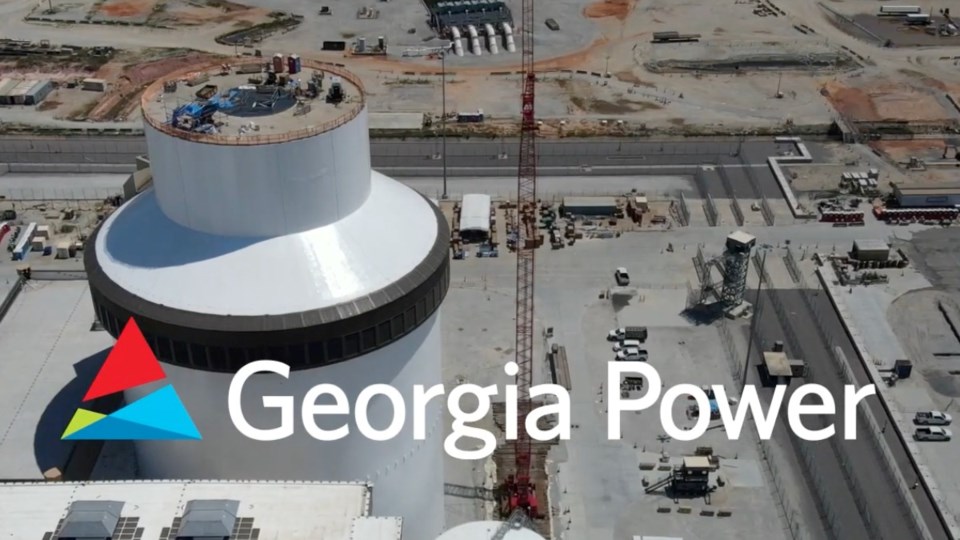The U.S. nuclear sector will soon make history, as the first units built in the country in more than three decades will begin commercial operations in early 2023.
“We’re making history here in Georgia and the U.S. as we approach bringing online the first new nuclear unit to be built in the country in over 30 years,” said Chris Womack, chairman, president and CEO of Georgia Power.
Today, Georgia Power announced it has begun the first phase toward startup, the fuel load process, at the Vogtle Unit 3 reactor.
Vogtle Unit 3 is located at Plant Vogtle near Waynesboro.
“These units are important to building the future of energy and will serve as clean, emission-free sources of energy for Georgians for the next 60 to 80 years,” said Womack.
“The Vogtle 3 and 4 nuclear units represent a critical, long-term investment in our state’s energy future, and the milestone of loading fuel for Unit 3 demonstrates the steady and evident progress at the nuclear expansion site,” explained Womack.
The new nuclear units will enter service in the first quarter 2023.
Southern Nuclear will operate the new unit on behalf of the plant's co-owners:
- Georgia Power
- Oglethorpe Power
- MEAG Power
- Dalton Utilities
In August, Southern Nuclear received a historic 103(g) finding from the Nuclear Regulatory Commission. The findings note the new unit is in conformance with the Combined License and NRC regulations.
In the coming days, crews will transfer 157 fuel assemblies from the unit's spent fuel pool to the reactor core.
Following the fuel load process, startup testing will demonstrate the operation of:
- The primary coolant system
- The steam supply system at design temperature
- Pressure levels with fuel inside the reactor
Once in operation, the two new units will provide clean energy sources capable of powering more than 500,000 homes.
For more information, click here.




